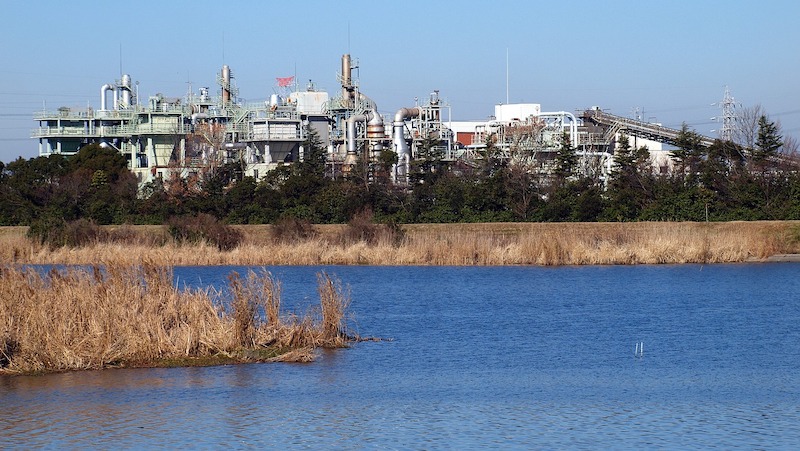Urban communities that opt for green infrastructure, such as rain gardens and on-site water treatment features, might be able to find willing volunteers to help maintain it.
Because it is decentralized across a city and requires constant maintenance and upkeep, green infrastructure is difficult to maintain for public works departments. A study by the University of Illinois and Reed College found that residents value such landscaped features and some said they would be willing to help maintain them.
The researchers in Chicago and Portland, Ore., offered respondents a series of hypothetical scenarios aimed at reducing flooding, improving water quality, and strengthening aquatic habitats in local rivers and streams. The study found that people would be willing to spend a considerable amount of time working to support environmentally beneficial features especially if it directly benefitted their local community. Respondents strongly valued efforts to improve habitat for aquatic creatures and to reduce water pollution to make rivers and streams more usable.
The study also indicated support for fees or taxes to fund these projects.
Related Stories
| Mar 22, 2012
Bill would reintroduce “opt-out” provision in lead paint law
The Lead Exposure Reduction Amendments Act of 2012 (S2148) would restore the "Opt-Out" provision removed from the Environmental Protection Agency's Lead Renovate, Repair and Painting (LRRP) rule in April 2010.
| Mar 15, 2012
New Florida building code establishes flood and storm surge provisions
The new 2010 code establishes minimum design and construction requirements to protect buildings from wind, rain, floods, and storm surges.
| Mar 15, 2012
Illinois city rejects international code due to home sprinkler requirement
Macomb, Illinois aldermen voted to recommend that the city not adopt 2012 international building and residential code standards requiring the installation of overhead sprinkler systems in newly constructed one-family and two-family homes.
| Mar 15, 2012
Tenant advocates propose licensing landlords in New York City
With thousands of New York City rental units posing potential dangers to tenants, city advocates are proposing measures to make landlords improve building safety.
| Mar 15, 2012
Construction industry a big winner in federal small disadvantaged business procurement
Last year, only 5% of federal contract dollars went to small disadvantaged businesses. Construction and facilities support firms were the biggest beneficiaries.
| Mar 15, 2012
ANSI approves new fall protection standards
The American National Standards Institute (ANSI) has approved two American Society of Safety Engineers' (ASSE) standards addressing fall protection.
| Mar 8, 2012
Engineering innovation provides new option for meeting seismic codes in skyscrapers
Two University of Toronto engineers have developed “viscoelastic-energy-dissipating dampers” to replace many of the heavy concrete beams used in tall structures.
| Mar 8, 2012
CSI webinar on building code compliance March 22
A March 22 webinar will provide an overview of a 28-step process during the design of a building to ensure compliance with building codes.















